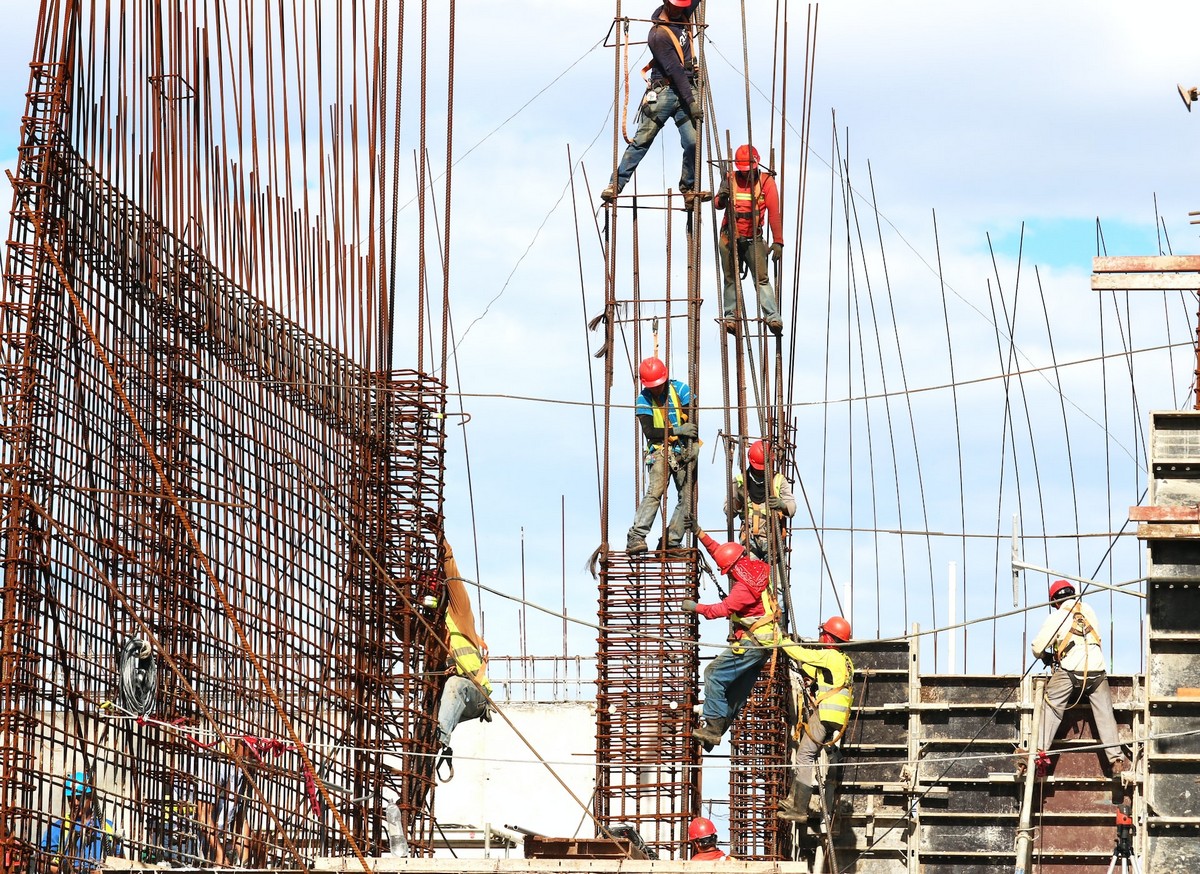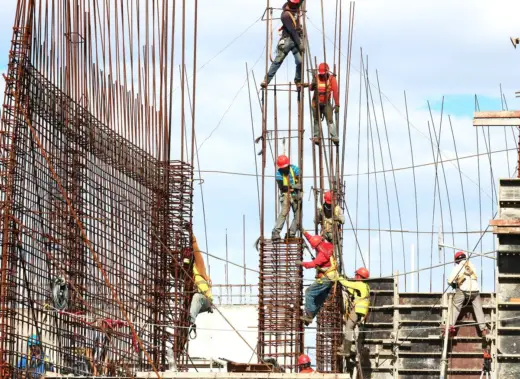Power tools and the construction industry advice, DIY Home Improvement guide
Power Tools and the Construction Industry: Impacts and Influence
26 September 2022
Power tools are ubiquitous things; you would be hard pressed not to find at least one drill driver or Dremel tool in the average UK household. They are eminently convenient and find widespread usage casually, and of course within the construction industry. But to what extent have they impacted and influenced construction?
The Evolution of the Power Tool
Power tools are not a new concept. Assisted tool technology has existed for millennia, through clever stores of energy in tension and elasticity. But the electricity-powered tools we know today were borne of innovation and experimentation in the late 1800s, with the first power tool being a motorised drill.
Gain insights into power tools in the construction industry and how they are affected by horizontal directional drilling interference to see how this drilling method can impact construction processes.
The market for power tools was clear from the outset, and innovation continued apace. The first cordless tools appeared in the early 1960s, and ubiquity in construction soon followed. Meanwhile, the progress of large-scale engineering and manufacture enabled the precision building of hydraulic systems, allowing innovation in large-scale tooling and machinery.
Labour, Simplified
The most direct and obvious benefit to the proliferation of the power tool is the convenience it has provided to construction workers, labourers and handymen alike. Before the widespread availability of power-assisted equipment, hand tools made for unavoidably long and laborious build processes from start to finish.
Power tools of all different kinds exist now, with revolutionary impacts on the speed and safety with which work can be done. For example, the cordless Milwaukee nail gun enables roofers to swiftly secure roof tiles in place, or joiners to build stud walls in a matter of minutes as opposed to hours – and without risking injury from tripping or mis-hammering.
The power drill has become a panacea for workers, applicable not just to drilling but also to screwing, stirring and activating. cherry picker which makes it easier to work in air and higher region.
These are to name just two specific power tools, too. There are myriad bespoke and specialised power-assisted items that trivialise otherwise time-consuming activities, from sanding to sawing and beyond.
Impacts on Development
But power tools have not merely impacted the day-to-day working efficiency and effectiveness of skilled labourers and skilled contractors. The power tool has also had a profound impact on the wider industry, as new construction capabilities spawn new architectural capabilities – and new design disciplines entirely.
Affordable new-build housing has become a much more equitable process overall, as large-scale demolition tools and ground removal machinery make it much easier to prepare land for building. Sophisticated, high-precision industrial lifts and machinery allow for the modular building of structures, whether high-rises or prefabricated home segments.
In this way, the true impact of innovation in construction tool technology is impossible to measure. The industry has risen to meet new standards at every step, bringing with it new building approaches and previously unfathomable architectural design – both aesthetically, and functionally. Today, buildings are built faster and safer than ever – and built to last.
Comments on this guide to Power tools and the construction industry article are welcome.
Buildings
Key Buildings in Scotland Articles – architectural selection below:
Historic Glasgow : best Glasgow architecture of the past
Comments / photos for the Power tools and the construction industry guide page welcome

